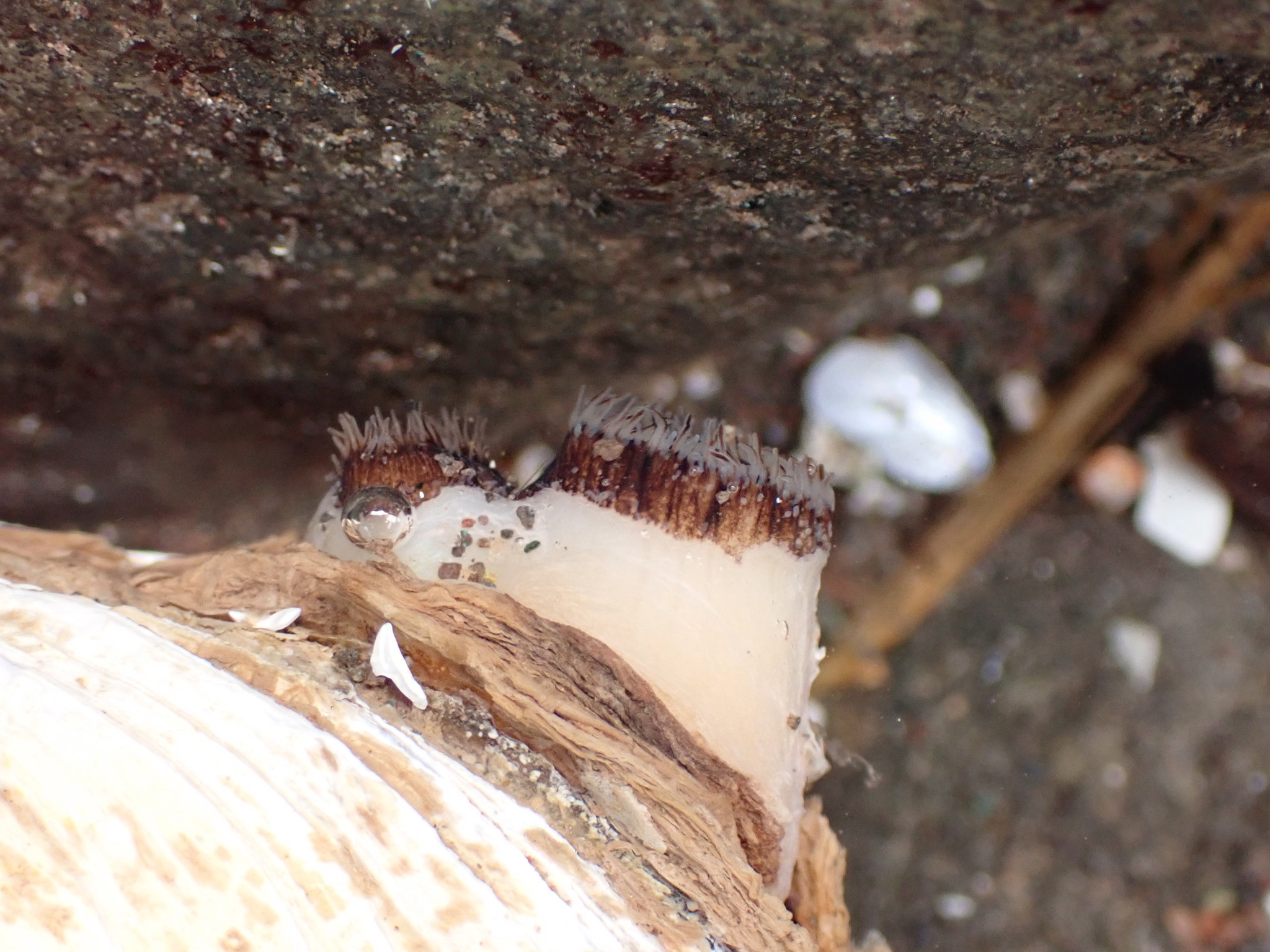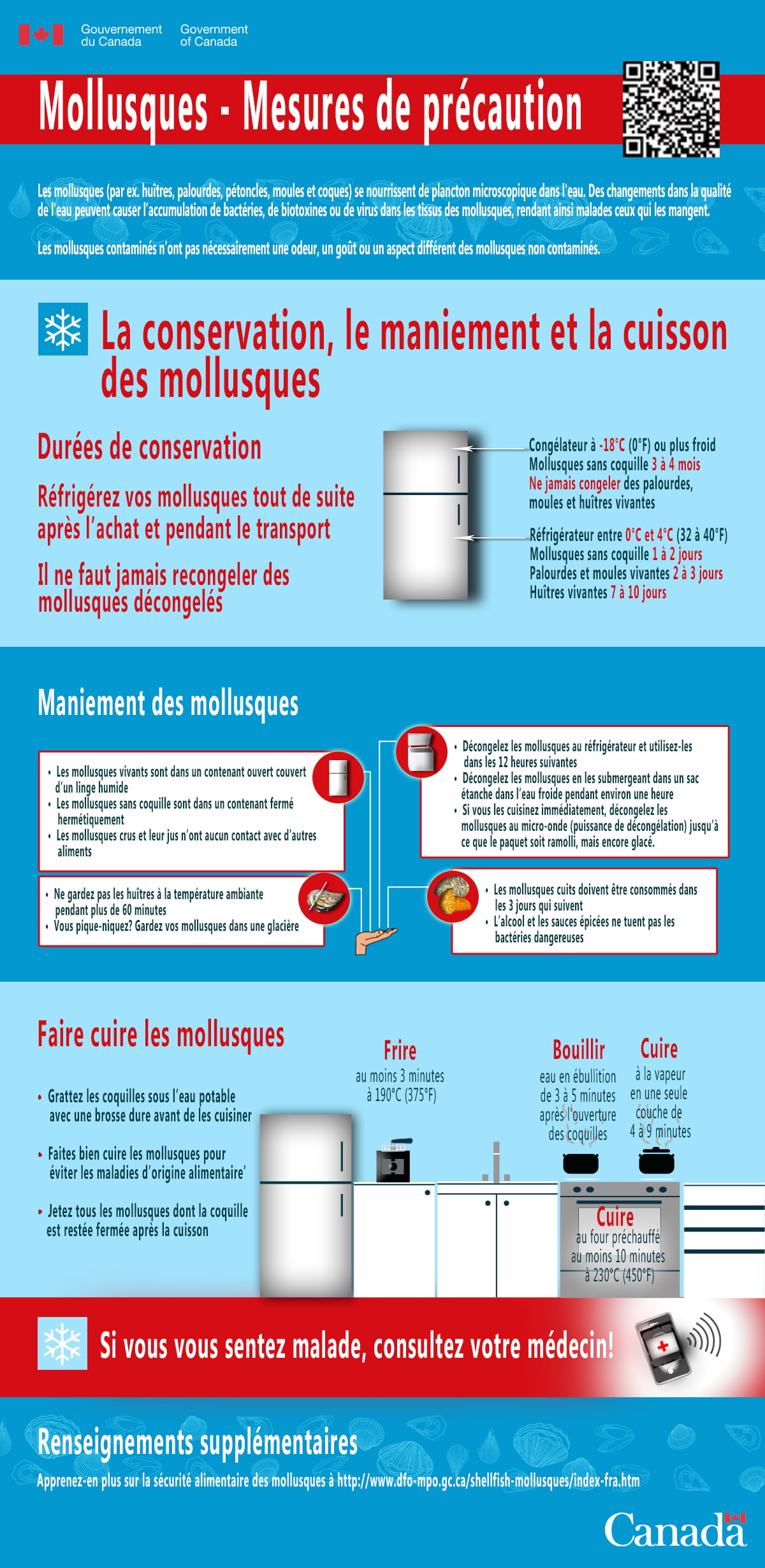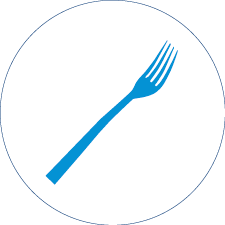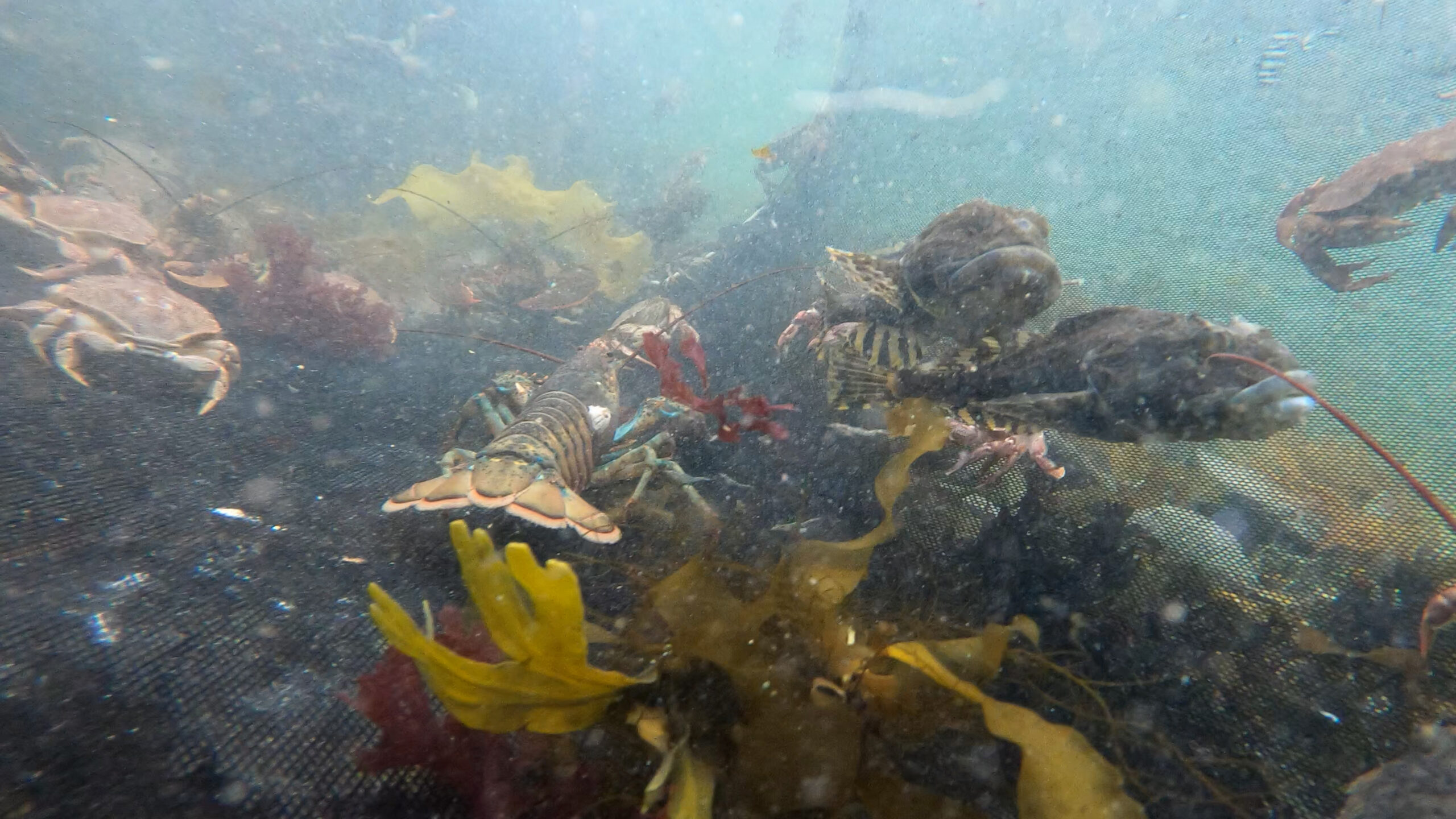
SIZE:
Up to 22.5 cm.
LIFE EXPECTANCY:
About 10 years, up to 30 years.
LIFE CYCLE:
Sexual maturity occurs around the age of 4 years old.
Atlantic surf clams can be male or female, with no apparent physical difference.
Individuals release their reproductive cells simultaneously, and fertilization takes place in the water. Reproduction takes place mainly in July and August. Eggs become planktonic larvae and then grow into young miniature surf clams that burrow into the sand. Surf clams grow faster in cold water. They reach 9 cm in five or six years.
The Atlantic surf clam has a thick, robust shell in the shape of a symmetrical triangle with rounded angles. Both valves are the same size and have growth lines. Atlantic surf clams are ivory to cream, with a thin, yellowish-brown coating on the outside. The inside is white.
Coastal zone, usually down to 45 m.
The Atlantic surf clam buries itself in shallow sand. It prefers bottoms with strong currents.
PREYS:
Plankton
PREDATORS:
Seabirds
Crabs
Sharks
Cod

Atlantic surf clam filtering water to feed.
Credit : glenysg, photo taken in Kings County, in 2022.
MACHINES:
Hydraulic dredge, hand harvesting.
REGULATIONS:
- Specified fishing season
- Minimum size of 90 mm
- Limited number of permits
- Quotas
Commercial fishing is practised exclusively in the Magdalen Islands.
Recreational harvesting is authorized in the Gaspé Peninsula and the Magdalen Islands. A daily maximum of 300 Atlantic surf clams is authorized.
Recreational harvesting? Yes, but only under certain conditions.
Shellfish can be toxic. Be sure to find out about harvesting conditions and whether your area is open. This information can be found on the Fisheries and Oceans Canada website.
Atlantic surf clam is a Smarter seafood–listed species.
BENEFITS:
Bivalve molluscs are rich in protein, vitamins A and B12, selenium, zinc and iron.
LET’S COOK:
Slightly rubbery texture. Sweet, fine taste.
OUR CULINARY ADVICE:
- To avoid a rubbery texture, the best way to prepare Atlantic surf clams is to cut them into thin strips and then bread and fry them.
- Some high-end chefs use them raw.
- Its large, solid shell can be used as a plate to serve its own meat in an original way.

To avoid poisoning, it is important to follow safe shellfish storage, handling and cooking practices.
Source : DFO






